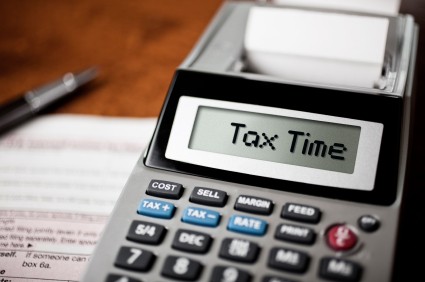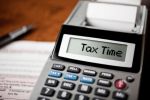
KNOWING THE INS AND OUTS of what your business is entitled to, from a tax standpoint, can really add up to more disposable income, more employees, more equipment, and more customers for you, but only if you really understand and know how to apply the advantages that are available for you. Below are three examples that you may not have known even existed!
Standard Mileage Rates
The standard mileage rate increased to 51 cents per business mile driven (19 cents per mile driven for medical or moving purposes and 14 cents per mile driven in service of charitable organizations) in the first half of 2011. From July 1, 2011 to December 31, 2011, however, the rate increases to 55.5 cents per business mile. This increase is a special adjustment by the IRS and reflects higher gasoline prices.
The standard mileage rate increased to 51 cents per business mile driven (19 cents per mile driven for medical or moving purposes and 14 cents per mile driven in service of charitable organizations) in the first half of 2011. From July 1, 2011 to December 31, 2011, however, the rate increases to 55.5 cents per business mile. This increase is a special adjustment by the IRS and reflects higher gasoline prices.
Health Care Tax Credit for Small Businesses
Small business employers who pay at least half the premiums for single health insurance coverage for their employees may be eligible for the Small Business Health Care Tax Credit as long as they employ fewer than the equivalent of 25 full-time workers and average annual wages do not exceed $50,000. The credit can be claimed in tax years 2010 through 2013 and for any two years after that. The maximum credit that can be claimed is an amount equal to 35% of premiums paid by eligible small businesses.
Small business employers who pay at least half the premiums for single health insurance coverage for their employees may be eligible for the Small Business Health Care Tax Credit as long as they employ fewer than the equivalent of 25 full-time workers and average annual wages do not exceed $50,000. The credit can be claimed in tax years 2010 through 2013 and for any two years after that. The maximum credit that can be claimed is an amount equal to 35% of premiums paid by eligible small businesses.
In 2011 (as well as 2010), the maximum Section 179 expense deduction for equipment purchases is $500,000 ($535,000 for qualified enterprise zone property) of the first $2 million of certain business property placed in service during the year. The bonus depreciation increases to 100% for qualified property. If the cost of all Section 179 property placed in service by the taxpayer during the tax year exceeds $2 million, the $500,000 amount is reduced, but not below zero.






















